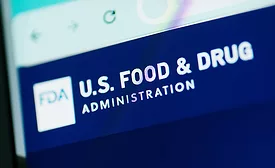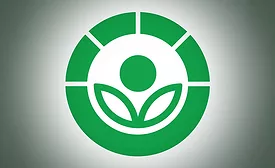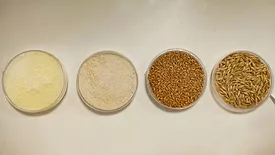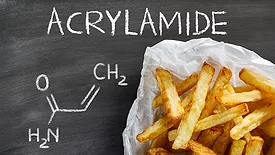Process Control
The MAHA Commission's actions on food chemical safety, GRAS determinations, and other food safety and nutrition issues are occurring against a backdrop of the reduced FDA workforce and a thinner budget
Read More
Food Labeling: Are Standards Being Relaxed or Recovered?
Food labeling operates at the intersection of public policy and private enterprise, fulfilling regulatory obligations and influencing purchasing decisions
August 13, 2025
Exploring Consumer Knowledge, Attitudes, and Practices Around Food Irradiation, and Possible Impact on Foodborne Illness
Consumer acceptance is a widely discussed barrier to adoption of food irradiation in the U.S.
August 12, 2025
Never miss the latest news and trends driving the food safety industry
eNewsletter | Website | eMagazine
JOIN TODAY!Copyright ©2025. All Rights Reserved BNP Media.
Design, CMS, Hosting & Web Development :: ePublishing












